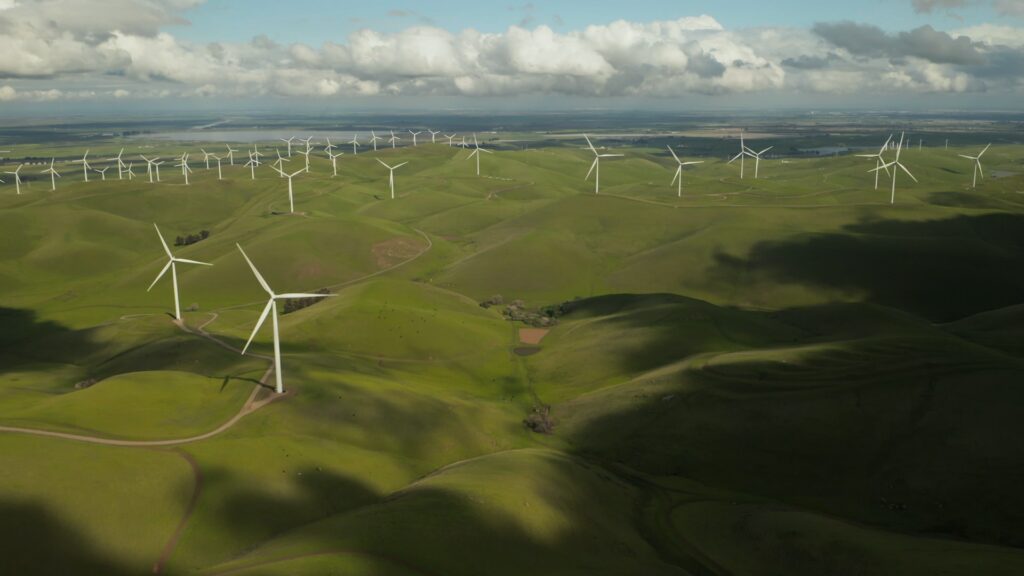
Net Zero When?
1 October, 2021
The Science Based Targets initiative is the gold standard against which corporate carbon reduction targets are assessed and the system of choice for businesses taking their net zero journey seriously.
And now, the SBTi is moving businesses on further, and faster, with the publication of a public consultation document (act fast, as responses are required by 6th October) that sets out how businesses should respond to the climate emergency. Essentially, the SBTi is tightening both the speed and scale at which businesses need to respond and cut both their direct emissions (“Scope 1 and 2”) and those in their value chains (“Scope 3”). Any residual carbon emissions will be able to be offset, but only using long-term storage schemes (such as the new facility in Iceland we wrote about a couple of weeks ago). So, no more tree planting or cooking stoves if you want SBTi approval.
This sets a high bar and raises an interesting question about the role of the SBTi in our move to a low carbon world. Is it a campaigning organisation, whose role is to push for wholesale system-wide change or is it a pragmatic friend to businesses, motivating and encouraging them to change? It’s difficult to see how this proposed new approach can deliver both objectives. While a 90% reduction in carbon by 2050 aligns with the science, it will feel daunting to businesses that are only just beginning to grapple with reduction strategies. Faced with a seemingly impossible challenge, will it be easy to give up?
Enter the unlikely figure of Jeff Bezos. Amazon co-founded the Climate Pledge in 2019, inviting companies to commit to be net zero by 2040, and has recently seen a new wave of businesses signing up. Net zero by 2040, not 2050, sounds even more challenging, right? Well, no, as it’s largely based on self-regulation and reporting, and is far less stringent in its guidance around the scale of reduction and the use of offsets.
Ultimately, there is probably a role for both these schemes, and others, in the drive to create the most action, amongst the most businesses, most quickly – SBTs can lead the way and show what is necessary to keep temperatures at less than 1.5 degrees above pre-industrial levels, and businesses that are taking their first steps can start elsewhere. But the window for complacency is closing, quickly, and climate leadership means aligning, at speed, with what the science tells us is needed.
By Claire Jost
 Back to all friday 5
Back to all friday 5